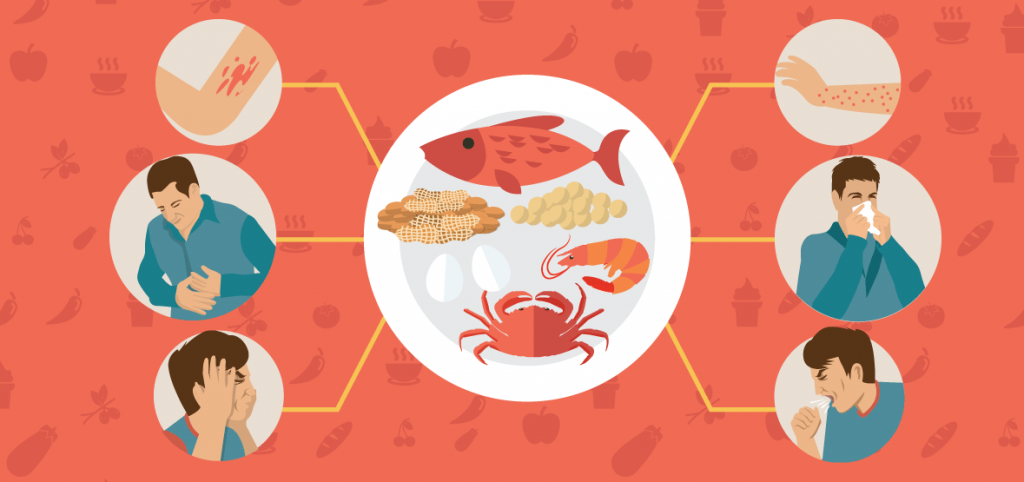 By Naseerah Nanabhai
By Naseerah Nanabhai
08:09:2021
Reactions to certain foods are normal, but in most instances, it is caused by food intolerance and not a food allergy, as many of us might think.
Usually, a food intolerance causes some of the same signs and symptoms as a food allergy, which is why many people may confuse the two.
While the symptoms of food allergies and food intolerance may be similar, there are significant differences between the two.
Food intolerance occurs when the body cannot digest a particular food item, which could be a result of enzyme deficiencies, sensitivity to food seasoning, or a response to the natural chemicals in the food.
In certain instances, food intolerance only occurs when large amounts of food are consumed, with small quantities being digested easily.
On the other hand, a food allergy is an immune system response to the food item entering the body. When a person eats food they are allergic to, their body sees it as an invader and works to defend itself employing antibodies. These antibodies called Immunoglobulin E (IgE) travel to cells that release chemicals that cause what is known as an allergic reaction.
Symptoms of food intolerance include nausea, stomach pain, cramps or bloating, vomiting, heartburn, headaches, irritability, or nervousness.
In comparison, symptoms of a food allergy include rash, hives, nausea, itchy skin, shortness of breath, chest pain, swelling of the airways to the lungs.
Food intolerance may cause discomfort and cause you to feel miserable, but a food allergy is a lot more severe and can be life-threatening. Food intolerance is usually treated by reducing the intake of problem foods and taking medication to treat the intolerance symptoms.
Food allergies are often treated with an injection of epinephrine, which acts quickly to improve breathing, raise dropping blood pressure, reverse hives, and reduce swelling.







0 Comments